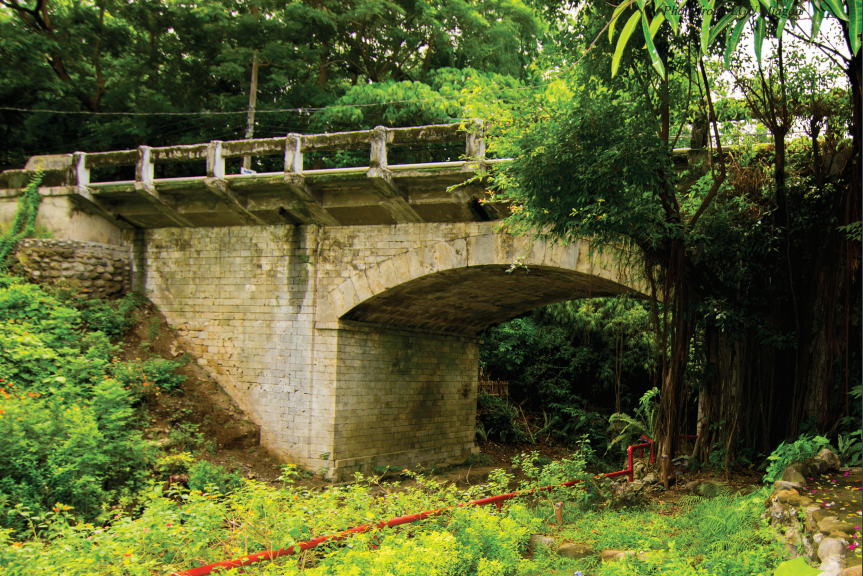 For the first 100+ years during the early conquest of the Philippines, Iloilo City in Panay Island was the center of the Spanish colonial power until the transfer of the seat of government to Manila. Thus, bridge construction during the next 200 years was centered in Luzon, mainly around Manila, to connect the city to domestic commerce. By 1855 the Spanish government relaxed a little and allowed the port of Iloilo to open for commerce. Ten years later, Nicholas Loney, a British merchant, imported sugar mills from England and opened sugar financing. Banks started to open in Iloilo with Hong Kong Shanghai Bank (HSBC) and Banco de las Islas Filipinas (now called BPI). Increased agricultural focus on sugar allowed sugar plantations to boom in Iloilo and later in Negros Island. Commerce required roads and bridges. By 1866, Spain established the Inspection General de Obras Publicas which appointed civil engineers to build roads and bridges in Panay. Unlike in Luzon where most of the bridge constructions were organized by the friars, construction in Panay was mainly
For the first 100+ years during the early conquest of the Philippines, Iloilo City in Panay Island was the center of the Spanish colonial power until the transfer of the seat of government to Manila. Thus, bridge construction during the next 200 years was centered in Luzon, mainly around Manila, to connect the city to domestic commerce. By 1855 the Spanish government relaxed a little and allowed the port of Iloilo to open for commerce. Ten years later, Nicholas Loney, a British merchant, imported sugar mills from England and opened sugar financing. Banks started to open in Iloilo with Hong Kong Shanghai Bank (HSBC) and Banco de las Islas Filipinas (now called BPI). Increased agricultural focus on sugar allowed sugar plantations to boom in Iloilo and later in Negros Island. Commerce required roads and bridges. By 1866, Spain established the Inspection General de Obras Publicas which appointed civil engineers to build roads and bridges in Panay. Unlike in Luzon where most of the bridge constructions were organized by the friars, construction in Panay was mainly
accomplished through civil and military engineers.
excerpts from the writings of
Jonathan R. Matias
Sulu Garden, Miag-ao, Iloilo
www.sulugarden.com

